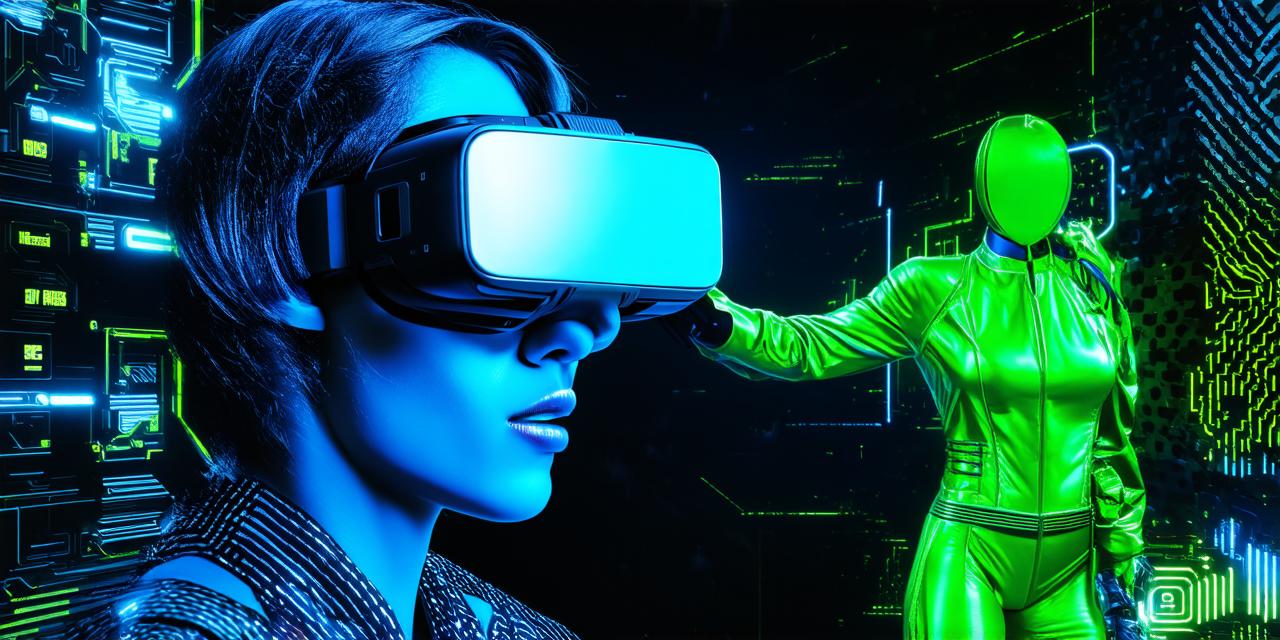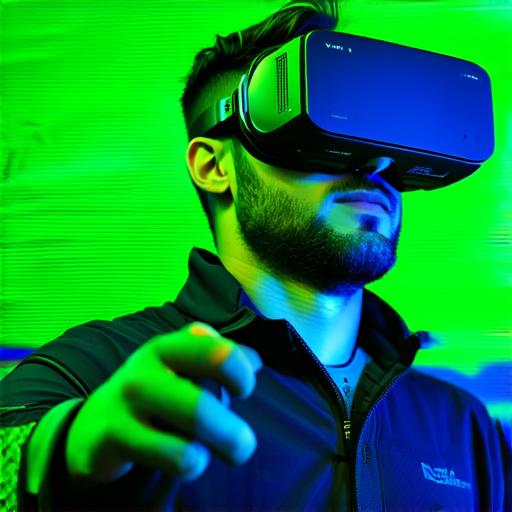
How are virtual reality and human perception interconnected?
Virtual reality (VR) is an emerging technology that simulates immersive experiences in a computer-generated environment. It’s becoming increasingly popular as a tool for training, entertainment, and even therapy. However, VR also raises important questions about the relationship between virtual and real environments, and how they affect human perception.
Perception refers to the way we process and interpret sensory information from our surroundings. This includes things like vision, hearing, touch, and smell. Our perception is constantly influenced by our experiences, and it plays a critical role in shaping our understanding of the world around us.
One of the key ways in which VR and human perception are interconnected is through the use of stereoscopic displays. These displays simulate depth perception by showing two slightly different views from each eye, creating the illusion of 3D. This has important implications for how we perceive objects in a virtual environment. For example, studies have shown that when people wear VR headsets with stereoscopic displays, they are more likely to misjudge distances and sizes than when they use non-stereoscopic displays.
Another way in which VR affects human perception is through the use of haptic feedback. This technology simulates physical sensations such as touch, vibration, and pressure, allowing users to feel as though they are interacting with real objects in a virtual environment. Haptic feedback can enhance the sense of immersion in a VR experience, making it more engaging and realistic.
However, there are also potential downsides to using haptic feedback in VR. For example, some users may become disoriented or nauseous when experiencing strong physical sensations in a virtual environment. This can lead to motion sickness and other negative side effects.
In addition to the technical aspects of VR and human perception, there are also broader philosophical questions to consider. For example, how do we know what is real and what is not? Is reality simply the sum of our perceptions, or is there some objective truth that exists independently of our experiences? These are complex and deeply debated questions, but they are particularly relevant when it comes to VR.
One way to approach these questions is through case studies and personal experiences. For example, consider a person who has spent years in a VR environment as part of their job or hobby. How have their perceptions changed over time? Are they better able to distinguish between what is real and what is not? Do they feel more connected to the virtual world than to the real world? These are questions that could be explored through interviews or surveys with VR users.
Ultimately, the relationship between VR and human perception is complex and multifaceted. While there are certainly challenges and limitations to using VR in this context, there are also opportunities for learning, exploration, and innovation. As technology continues to advance, it will be fascinating to see how VR and human perception continue to intersect and evolve.
FAQs
1. How do stereoscopic displays affect human perception in VR?
Stereoscopic displays simulate depth perception by showing two slightly different views from each eye, creating the illusion of 3D. This can lead to misjudgements of distances and sizes in virtual environments.
2. What is haptic feedback and how does it affect human perception in VR?
Haptic feedback simulates physical sensations such as touch, vibration, and pressure, allowing users to feel more immersed in a virtual environment. However, it can also lead to disorientation or nausea for some users.

3. What are the philosophical questions surrounding VR and human perception?
How do we know what is real and what is not? Is reality simply the sum of our perceptions, or is there some objective truth that exists independently of our experiences? These are complex and deeply debated questions that are particularly relevant when it comes to VR.


